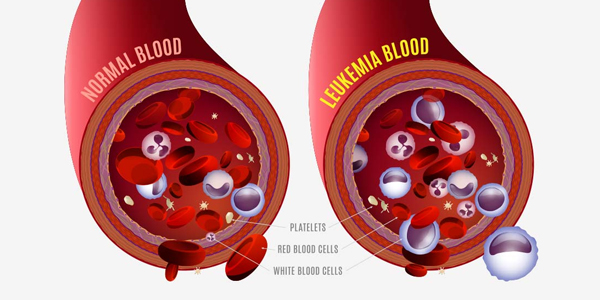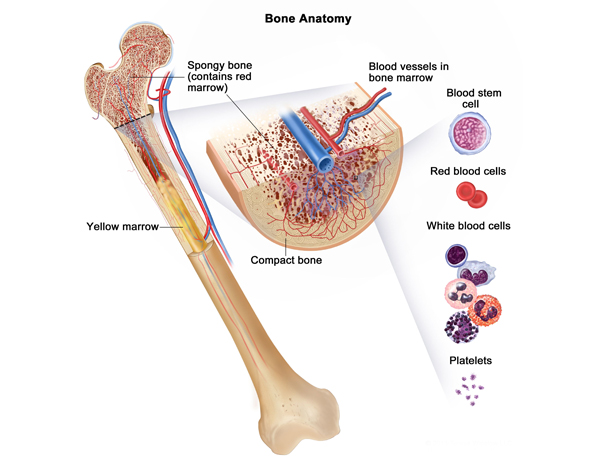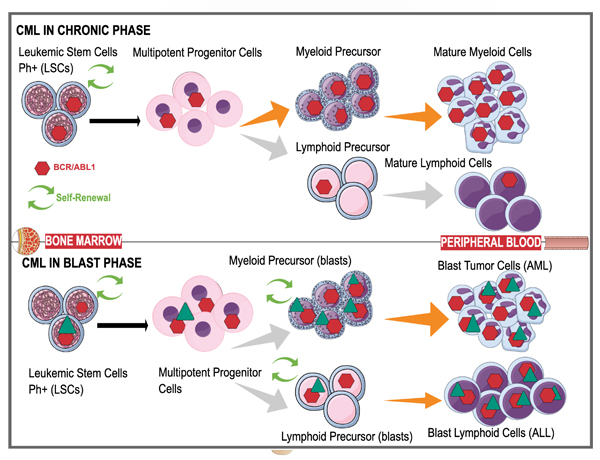Leukaemia - Learning About Blood Cancer
Leukaemia is a type of cancer that effects blood and its components. Once the marrow cell undergoes a leukaemia change, the leukaemia cells may grow and survive better than normal cells. Over time, the leukaemia cells crowd out or suppress the development of normal cells.The rate at which leukaemia progresses is different with each type of leukaemia. Leukaemia can broadly be divided into rapidly growing or acute leukaemia and more indolent, chronic leukaemia. A proper knowledge about this disease is essential as it helps patients and his care givers to cope better with this disease. After diagnosis and treatment, a large number of people with leukaemia live many good, quality years.




